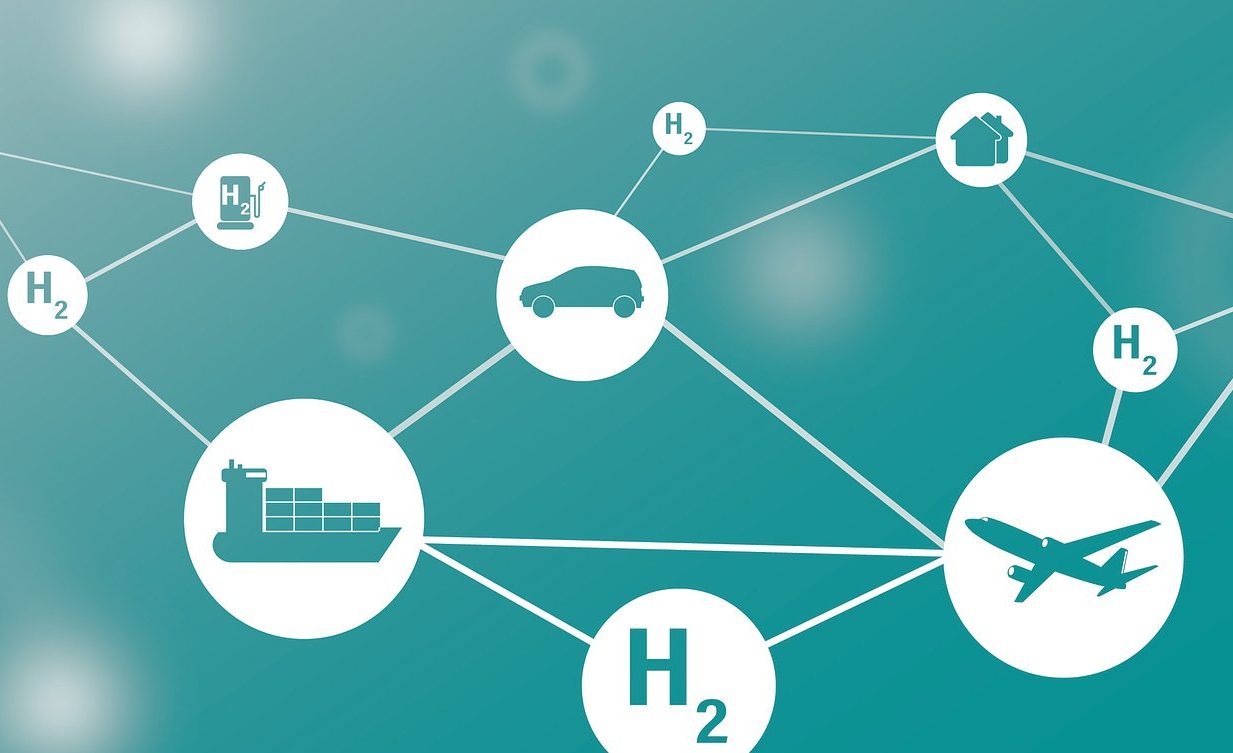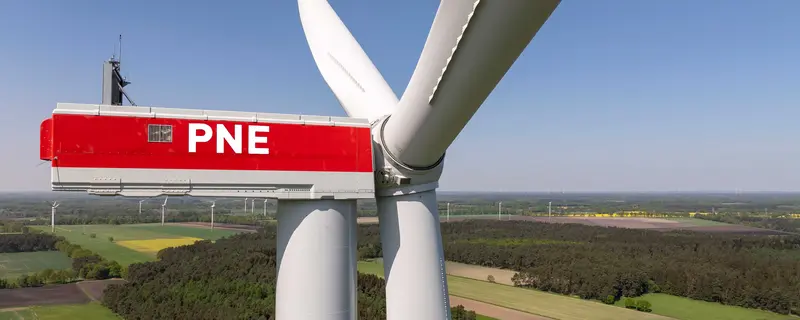Minister for Climate, Energy and Utilities Lars Aagaard and Germany’s Minister for Economic Affairs and Climate, Vice Chancellor Robert Habeck, on 24th of March signed an agreement to work together to enable a land-based hydrogen pipeline from Denmark to Germany.
From 2028, it will be possible to transport hydrogen across the Danish-German border in a land-based pipeline. This is one of the ambitions behind a bilateral agreement signed today in Copenhagen. Minister for Climate, Energy and Utilities Lars Aagaard and Germany’s Minister for Economic Affairs and Climate, Vice Chancellor Robert Habeck, put their names to the declaration on close Danish-German cooperation on green hydrogen and integration of the two countries’ energy systems.
“Denmark is in a unique position to become Northern Europe’s green powerhouse and contribute to the green transition. Soon we will be more than self-sufficient in green electricity, and this must be used to produce green fuels for export. This requires investment in infrastructure, and companies are ready to get started. We have now fired the starting shot,” says Minister for Climate, Energy and Utilities Lars Aagaard.
“If our industry is to become climate neutral, we need not only electrified production processes, but also hydrogen. In the electricity market, we already benefit daily from the strong partnership with Denmark. Today we are signing a joint declaration on hydrogen infrastructure. In this declaration, we outline in particular areas of cooperation on hydrogen, including business support. We aim for the first trade of hydrogen through a pipeline by 2028 at the latest. We are pleased to be able to build on our strong partnership through this. Together, we will strengthen sustainability, efficiency and security of supply in the European energy markets,” said German Minister for Economic Affairs and Climate, Vice Chancellor Robert Habeck.
Green electricity becomes green hydrogen
With the Danish-German declaration, an important step has been taken towards realizing Denmark’s PtX agreement, so that energy from solar cells and wind turbines can be converted into hydrogen, which can be used for green fuels for aircraft, trucks and ships as well as in industry.
Power-to-X is one of the solutions that will take the world all the way to climate neutrality. And Denmark has a huge potential to contribute and join the top players in the global market.
Germany currently has a large and growing need for hydrogen, while Denmark, with its current and future wind power resources, has a particularly good starting point for becoming a major exporter. With the right infrastructure, green hydrogen from Denmark can replace fossil gas and hydrogen in German heavy industry and reduce climate-damaging CO2 emissions.
Market players see great opportunities in a Danish-German cooperation on green hydrogen, but have recently pointed to the need for an expansion of the hydrogen infrastructure to realize the potential.
Source: Danish Ministry of Climate, Energy and Utilities














